The news came out this past week that JHU, the successor operation to Jim Hanley’s Universe, was going to be consolidating its efforts and thus closing its Manhattan branch. Which isn’t unexpected, given both the high rents commanded by New York real estate and the impact that the past couple of years have had on retail operations. But it is sad to me. While I haven’t been to JHU in forever—I don’t think I’ve ever even laid eyes on their current location—during most of the 1990s, 2000s and the first three-quarters of the 2010s, they were my regular shopping location for new comics. At the time I started shopping there, they were situated on the top floor of the A & S Plaza on 32nd Street before eventually relocating streetside. Their staff was always friendly and knowledgeable, and they carried about as diverse a product assortment as it was fiscally possible to do. You could always find interesting little-known series at JHU. I’m hoping that this doesn’t portent larger difficulties for the organization and that they’ll continue to thrive in their far-off Staten Island location. But I feel and lament the loss of the New York branch in any case.
This past week, we had an interesting visitor up at the Marvel offices: manga-ka and Love Hina creator Ken Akamatsu. More than just a typical manga artist, Akamatsu-san parlayed a fight for the creator rights of artists like himself into a political career, and he’s currently a member of Japan’s Diet, the rough equivalent of being a Senator or a Congressperson in the U.S. I didn’t have all that much time to speak with him, but Akamatsu-san did confirm through his translator that he does awaken every morning and do a bit of writing and drawing before heading into the Diet to help pass legislation. Which is about the most baller thing I’ve ever heard any cartoonist doing. In the tradition of Japanese visitors, Akamatsu-san left behind a gift bag with not only delicious cookies and a hand-made fan, but he also gave me copies of a pair of Dojinshi (self-published books) he’d done as a sort of comics diary relating his experiences in office. I can’t read them, of course, but they’re still extremely cool.
Time to look at this week’s stack of questions from you folks. Starting with this very nice surprise:
JV
After a recent visit to Greece I bought and sent you some Greek editions of Lee/Kirby FF and Thomas/Roth Xmen. Fun editions in Greek that are slightly oversized and reprint 4 issues each with some cool extras. Hope you enjoy them as I saw on your blog you like seeing foreign reprints of classic Marvel - any foreign editions that are faves of yours?
This was an awfully nice and unexpected thing for you to do, JV, so thank you very much. As you can see from the image below, I received them at Marvel midweek, and they are pretty cool. I especially like the fact that, rather than working with the original cover art, these Greek editions instead use the splash page images from the first story the book reprints and rework those as their cover image. This really separates these out from a lot of the other overseas localizations of this material.
In terms of cool overseas editions, twenty years or so ago Panini, who reprint Marvel’s material in a variety of European nations, began a line called BIBLIOTECA MARVEL in their Spanish-speaking countries. These were digest-sized black-and-white collections, each one containing seven or eight vintage Marvel issues from the past. Somehow, we had wound up with one, and I became obsessed with it as a format. I wanted to get more, the rest of the line if possible. So my assistant editor at the time, Gregg Schigiel, and I engaged in some subterfuge. One of Gregg’s many talents was that he was a fluent speaker of Spanish, and so at my urging, he called up the Panini offices and informed them that we were working on a project that was an adjunct to the MARVEL MASTERWORKS reprints and that we needed to get a set of these books as a result. Which was, let’s say, complete horse$#!@. But Gregg must have been convincing, because a week or so later, a box arrived at our office filled with complete sets of the three series they’d begun up to that point as well as the special “index edition” that they’d done as a reference work. There have been other foreign editions that I’ve liked—I once paid entirely too much cash for a slabbed copy of CREEPY WORLDS #32, which was an Alan Class United Kingdom reprint series that contained FANTASTIC FOUR #1, its first publication in the UK—but this was the only time I ever engaged in subterfuge in order to get one.
Zach Rabinoff
You know, your post about Final Crisis made me wonder about some of your other takes on the post-1985 DC line. So at the risk of asking for blog-worthy content here, do you have a top five (or, what the heck, a bottom five) post-Crisis-pre-New-52 DC Comics stories?
I’ve not really ever organized things in this manner, Zach, so while I can talk about projects that I liked (or that I didn’t) I’ve never pulled that information into any manner of top or bottom list. But I liked that period of DC in general, though every single series wasn’t always to my tastes. Most of their key relaunches had their value—WONDER WOMAN, FLASH, JUSTICE LEAGUE, etc. And as time went on, you got things like Grant Morrison’s early work, ANIMAL MAN and DOOM PATROL becoming instant favorites. But more than honing in on just a couple of books, I liked the manner in which, after a rocky start the First couple of years, the DC Universe of that time came together. And by the time you get to the late 1990s, I found the whole of their world broadly appealing. For all of its good intentions, DC’s New-52 initiative broke my emotional connection with the DC characters n a lot of ways—to this day, I can never quite tell what was meant to have happened and what was not, leading to an awful lot of story confusion. But it was clearly exciting for a lot of readers and really put the company back on top for a year or so.
Manqueman
How do Thor’s wings stay on the helmet? The way it’s drawn it looks they’re stapled or bolted to the sides of his head behind the temples.
I think that different people will likely give you different answers, Manqueman. So here’s mine. I don’t believe that those wings are separate pieces at all. While they’re crafted to look like wings, they’re actually cast out of the same metal as the rest of the helmet. So it’s all one piece, and there’s no real worry about them ever coming off.
Chris Sutcliffe
I have a question on the mechanics of running an on-going. Taking Ryan North's Fantastic Four as an example (but please swap in a better example if that helps): Do you have any events where you get together and plot out the next year, or is he just writing 5-6 issues ahead, onward until he leaves the series?
In virtually every instance, Chris, a writer is in constant contact with their editor and they’re working out their plans well in advance of the issues that are on sale. Since you used Ryan North as an example, he and I had a conversation at the top of the week about potentially switching up the running order of some upcoming stories. We settled the question before Ryan wrote the script to issue #18, which he turned in before the end of the week. The issue that’s in stores this Wednesday, for the record, is #11, so that’s how far ahead we are in that case. Granted, Ryan is a bit more diligent than the average writer in this regard.
Dewey
Speaking of DC's various crises, do you think a scenario could ever arise where Marvel would consider a real reboot? It seems like most of the time, a simple change in direction for individual titles can accomplish what a reboot would be trying to do. I got to read the excellent new Thor #1 yesterday, for example, which felt very "back to basics" without contradicting or invalidating anything that came before it. You guys even managed to destroy the universe without a reboot, so it's hard to imagine you pulling that trigger. But do you think there could ever be circumstances that would warrant a it? Do you know if it's ever been considered in the past, maybe around the bankruptcy or something?
Well, Dewey, you never say never. But apart from generating some excitement in the moment, I don’t see what a full-scale reboot would accomplish in the long term, other than giving a bunch of readers a place to jump off. Fans seem to ask about this constantly because the possibilities are exciting to them in the abstract. But when those possibilities get reduced down to the one thing that is going to be done, more of them are unhappy with it than happy. The reality is never as good as whatever perfect version they imagined for themselves. And the only way to fix that is to blow it all up and reboot it again. In essence, the unending treadmill that DC has been on for a few decades now. I suppose the question that I would have for you is: why do you guys want this so badly?
Manqueman
Thoughts regarding this: https://www.cbr.com/long-ongoing-comic-runs-pros-cons/
I know Tom will -- rightly, I suppose -- blame it on the market.
But would long runs be impossible? I mean, we do have them in a way, like Aaron's Thor and Avengers runs, likewise the Krakoa era if one treats Hickman's bible as a long run (I do).
I didn’t really read the piece in full, Manqueman, but that’s because I don’t buy into the premise. Sure, not every run on every title is an extended years-long sequence. But a lot of them are, quite a lot of them when you look at it. How long did Chip Zdarsky write DAREDEVIL? How long did Dan Slott write FANTASTIC FOUR? How long did Jason Aaron write AVENGERS—and THOR before that? How long did Al Ewing write IMMORTAL HULK? How long has Zeb Wells been writing AMAZING SPIDER-MAN? If you’re speaking about consistent writer/artist teams, that gets a bit more complicated due to the demands the audience has for the artwork these days. The average artist can only do a book in six weeks, which becomes a problem when you’re speaking about titles that are monthly. Something’s always going to have to give there—and faster, sooner, if you’re then talking about a series that attempts to put out more than 12 issues a year. As I read pieces like this one, the take-away typically comes down to their being one or two runs that the writer enjoyed that were shorter than they would have liked. And not everything that we do finds an audience and works. Sometimes runs get cut short because while the readers who are following it love the book, there just aren’t enough of them and a change has to be made. But I think that longer runs are our standard operating procedure, not the outlier than a piece like this one assumes. But you can tell me how I’m off-base here—like I said, I didn’t really read the piece.
Clonegeek
How much longer till OMD is undone?
I’d get comfortable with it, Clonegeek. I really would.
Julian Erne
Regarding your next arrival at the X Office, I wonder if you are preparing or if you have prepared a document similar to the Spider-Man Manifesto that you wrote in 2006 and which served to redirect the character's direction. If so, it is a document that hopefully we can read soon, but I can't resist asking you what is your analysis of what the mutant franchise has been in recent years and if your plans include bringing it closer to the rest of the Marvel Universe and trying to to abandon that "splendid isolation" in which, in my opinion, it has been installed for decades, with the exception of very specific situations.
I did write up such a document, Julian, but of course you’re not going to be able to see it any time soon, if ever. Maybe we’ll print it in a collected edition at some point, but that’ll be well after these books have all launched out into the world—and that’s still many, many months in the future. And as I said in my initial posts about this changing situation, I really am not going to be talking about any of this until we’re a whole lot closer, out of respect for what the current creative and editorial teams are doing. They’re the ones you should still be focusing on for the time being. Sorry to be elusive, but that’s going to be the state of play around these parts for quite a while yet.
Kevin Hines
You spoke about Hickman’s Avengers coming out at an accelerated schedule and I recall lots of Marvel books would come out more than 12 a year but nothing set in stone (so I guess not every 6 issues, just as fast as you can?)
Two questions why did that stop? It feels like most/all books are monthly (except Amazing Spider-Man ) now.
And how did retailers feel about it? (I know regular sakes is so important to their baseline income... but not sure if extra issues help or hurt that)
Like almost anything, Kevin, it’s a bit of an ebb-and-flow situation. Retailers like it until they don’t, until the added number of releases of key titles strain their budgets and those of their customers and people start dropping titles they can’t afford to keep up with. So you do a bit, eventually hit a threshold, then pull back again. In a number of cases, we’ve done more than 12 issues of our core monthly series in a years, you just haven’t noticed because the release quantity hasn’t been quite so high as 18 or 24. And we’ll continue to play with that release schedule on a rolling moment-by-moment, title-by-title basis going forward.
Jeff Ryan
One of the endless things John Romita did for Marvel was the special covers of the 1990s. He was the one communicating to the printer how the die-cut for this Wolverine cover should look, or what color embossed foil for an Avengers cover. In this era of variant covers, what 90s-style special cover would you like to see make a comeback? (Please not the inch-high Eclipso gem!)
To be fair, John worked on some of the enhanced covers that we did in the 1990s, but not all of them. I did a couple on books that I edited, notably DEATHLOK, and John wasn’t involved with any of those apart from his usual cover sign-off. But your point stands. And, honestly, I don’t really know. In general, even the ones that worked really well did so because they fit the art and that moment—I’m thinking of stuff like the glow-in-the-dark GHOST RIDER cover here. But while we could do another glow-in-the-dark cover easily, even another one featuring the same character, I don’t think it could have the same impact that the original did, so it’s all a bit of diminishing returns. I did enjoy pulling together the recent Pepe Larraz foil variant for MOON KNIGHT: CITY OF THE DEAD #1 using skills I’d remembered from the 1990s. But there, not every Retailer was happy with what we’d done, as it was designed to use the foil in a very specific image-appropriate way. On the flip side, there are a bunch of cover enhancements that were just dumb and ought to be avoided. That ECLIPSO diamond is a good example of that, as is the fold-out cover to FORCE WORKS #1 and some of the die-cut covers from those days.
S-Shield
On the subject of The Clone Saga, was there any thought given to the idea of having Ben take over as Spider-Man without being revealed as the one, true Peter Parker? 30 years on, it seems like a solid split-the-difference approach. You get a young single guy as the hero, but you don’t “invalidate” all the stories told before the . It would just be another Jean Paul Valley/Kyle Rayner/Wally West “next guy in line” scenario. Or was the courting of “controversy” seen as the driving factor in the first place?
That’s kinda what you got, S-Shield, as when Ben Reilly became the lead character in the Spidey titles beginning in SENSATIONAL SPIDER-MAN #1, he kept his Ben Reilly name and identity and built up a new supporting cast around himself at the Daily Grind. But I don’t think that anybody saw that as a permanent state of affairs—had people not already been getting cold feet about making the switch, Ben would have become Peter again in Dan Jurgens’ first issue and things would have gone forward from there. Peter Parker was Spider-Man across all media, including the newspaper strip and the animated series, so suddenly changing him into somebody else would never have been seen as a permanent thing, any more than Jean-Paul Valley was ever able to convince anybody for a single second that he was going to legitimately be Batman for the long haul.
Montana Mott
With you moving to the X office, it does make me a bit sad that you will, presumably, be more distant from these characters whose creation you took part in during your time at the Heroes office. These days, are you often still involved with the trajectories of the former Young Avengers, and do you expect that change at all after your shift? Either way, I'm sure they will be in good hands going into what will soon be two decades since the creation of the Young Avengers.
Once I’m done with AVENGERS, Mott, they’ll all be somebody else’s responsibility, and that includes the Young Avengers as well. Before then, though, we’ll see if we can’t have some of them show up again in some places.
Sergio Flores
Mr. Brevoort, I’m always in awe of the anecdotes and behind the scenes stories you share and are privy to, even those from the Distinguished Competition. Which makes me wonder if you have any related to the trial of the Flash. Was the original planned ending changed due to Crisis, or was the Trial set up in anticipation of Crisis? I seem to recall reading that the storyline was an attempt to generate buzz and consequently, sales. But curious at what point Barry’s death was decided upon.
This is all hearsay, Sergio, as clearly I wasn’t around for any of it. But as I understand things, writer Cary Bates entered into the early portion of the Trial plotline with the intention of shaking up the series. He was going to use it to give Flash a new civilian identity and a new face, putting him into a new status quo that wouldn’t repeat the same situations going forward. I imagine that he wouldn’t have resided in Central City any longer either. But at a certain point, it became apparent that sales on FLASH were pretty bad, and the decision was made to kill Barry off as part of the CRISIS. Once that decision was made, Cary opted to simply string out his Trial storyline rather than setting up a new direction and a new status quo for the character that was never going to be able to amount to anything. So I don’t know that it necessarily changed per se so much as its events played out across a longer swath of time. But only Cary or somebody else who was in the loop at that time could tell you when he became aware for certain that Barry was going to be killed off and where in the storyline Bates was at that point.
Behind the Curtain
Got a big chunk of stuff to share with you this time. What you’re about to see are a number of early pages from a booklet that I put together as a sort of a thought-starter when it came to coming up with cover concepts and designs, which I circulated among the various editors at Marvel. It was inspired by a similar booklet that DC cover editor Mark Chiarello did for the other guys, which showcased great cover concepts and compositions from throughout DC history towards the same end. I did the same thing, but I chose to start things out with a bunch of basic knowledge about the form and function of covers, much of which I’d learned from people such as John Romita.
.I would continue to add to this booklet whenever good new examples would crop up—such as this relatively recent MS MARVEL & WOLVERINE cover image.
Pimp My Wednesday
Who’s ready to buy some comic books, eh? Your Retailer would really love it if you would pay him a visit and drop some coin.
As mentioned earlier, this week sees the release of FANTASTIC FOUR #11 in which Ryan North writes a very autobiographical story concerning Ben Grimm and a dog falling into a hole and not being able to get out. (A similar thing happened to Ryan and his dog a year or two back—write what you know!) This issue also sees the return of artist Iban Coello after a number of issues off after #700 due to the birth of his very cute son. And it features the surprise return of a classic Marvel villain! See if you can figure out who it is before the reveal happens!
And everything is just about ready for the big “Death of Moon Knight” sequence in MOON KNIGHT that’s coming over the next three issues. All that’s left is for Moon Knight and Hunter’s Mon to locate their quarry. To do so, they’ll enter the psyche of an old classic villain and face new dangers in that environment. Maybe we won’t need those other issues to get to the Death of Moon Knight after all. It’s written by Jed MacKay and drawn by swing artist Federico Sabbatini.
And over in AVENGERS UNLIMITED, a new story begins as Captain America is attacked and abducted while returning home one evening. Who’s got Cap, and why, and who will show up to lend the Star-Spangled Avenger some aid? Those are questions the answers to which writer Mat Groom and artist Caio Majado will answer in this very installment!
A Comic Book On Sale 60 Years Ago Today, September 3, 1963
SGT FURY AND HIS HOWLING COMMANDOS was the first non-super hero series to be considered as part of the newly-named Marvel publishing line. The other titles in the line, the western and girl humor titles, carried the logo and the masthead but didn’t entirely reflect the new ethos that was driving the company. But SGT FURY was a part of it, even well before lead character Nick Fury was reintroduced in the present day where he could hobnob with the likes of the Fantastic Four, Captain America and Iron Man. War series as a category still had a lot of life in it and rival DC/National Comics was selling a lot of editor Robert Kanigher’s “Big-5” was books. But SGT FURY was a different sort of a war series, it focused more on the hallmarks of the new Marvel approach: characterization, humor, interplay and drama. It was less a reflection of a real wartime experience than it was a war movie, the sort of adventurous dramatization that you’d see as propaganda up on the silver screen. The Howlers would parachute into Germany, take on a platoon of Nazi stormtroopers and get out again without a scratch—except for maybe Fury’s shirt, which had a regular habit of getting torn to shreds on him. But nobody ever really got hurt in these stories—except when they did. This issue, #4, features the first death of an ongoing character in the Marvel Age of Comics, that of “Junior” Juniper, the bookish youngster of the commando unit. It happens late in the book, and feels almost like an afterthought, like a twist to surprise the readers and take them off-guard. I wrote about this issue more at length at my blog page. You can find the piece there at this link. The story proper is inspired by the wartime activities of the real-life Lord Haw Haw, who broadcast from Germany into besieged England and the United Kingdom in English, urging his countrymen to give up the fight and surrender to the unbeatable Nazi war machine. In this SGT FURY story, the fictional Lord Ha Ha’s sister Pam Hawley winds up becoming Nick Fury’s aristocratic upper crust girlfriend and a recurring figure in the series—before she is eventually killed in a bombing raid, the other significant death in the run of the title.
A Comic I Worked On That Came Out On This Date
I might have tried to wait on this for another month, but it turns out that the pickings were slim for books I edited that came out on September 4th. So we’ll talk here about CAPTAIN AMERICA #24, the issue immediately prior to a big change in the main character. Writer Rick Remender had a daunting task ahead of him when he took over the book from Ed Brubaker, who had helmed it for the previous eight years or so. Brubaker’s run had been extremely popular. But Rick had nothing but bravado, and he approached his era from a totally different direction that Ed had, pulling inspiration from Cap creator Jack Kirby’s mid-1970s return to the series as both writer and artist. In the spirit of that era, Rick and artist John Romita Jr. exiled Steve Rogers to Dimension Z, an extradimensional realm where time passes more quickly on Earth. There, divorced from anything that remotely resembled America,. Rick broke Steve Rogers down to the core, casting him as the surrogate father to enemy Arnim Zola’s genetically-created son Ian. That first storyline took ten issues to tell before Steve could make it home again. Some readers hated it for being too different, but others really like it. It was bold and daring and uncompromising. Having gotten Cap home, the next challenge that Rick hit him with was the loss of his powers and youthful vitality. An encounter with new villain the Iron Nail left Steve with the Super-Soldier Serum in his body neutralized, an enfeebled old man seemingly in his sixties. It’s at this point that both Ian and his father Arnim Zola turned up again, with only the Falcon, Zola’s daughter Jet Black and Sharon Carter to stand between him and revenge on the powerless Captain America. Much of this sequence was illustrated by the late Carlos Pacheco, who also handled this cover. In this issue, Sam Wilson proves his mettle, setting up the development that was revealed a month later, wherein Steve passed Sam his shield and the identity of Captain America. Rick had been building to this moment for a decent amount of time in his run, and he was, I think, a little bit frustrated that right before this happened, Jason Aaron had Thor replaced by a mysterious woman who turned out to be Jane Foster. Rick felt, rightly or wrongly, like Jason’s story had stolen the wind from his sails and made the Sam story a bit redundant. But even if that’s true, the value in what Rick brought to this run is now clearer than ever, as Anthony Mackie’s Sam Wilson has followed suit in the Marvel Cinematic Universe and taken up Steve Rogers’ mantle as Captain America. This issue was released on September 3, 2014, and was also a part of the build up to the AXIS event that Rick also wrote, in which a bevy of Marvel characters had their personal moral compasses reversed, causing heroes to act like villains and vice versa.
Monofocus
Much to my surprise, a new season of DISENCHANTED dropped on Netflix this weekend. The series was always trying to be a bit of a reverse FUTURAMA, set in a fantasy world of the past rather than a super-scientific world of tomorrow. But it never quite hit the same highs, and mostly functioned as something of a FUTURAMA placebo for me—not quite the real thing, but enough of the same sort of flavor to stave off any cravings. At the moment, though, there’s a brand new season of FUTURAMA dropping as well, as so the deficiencies of DISENCHANTED are consequently more apparent. Still, it’s a decent enough series, and the one thing it does that its space-based cousin doesn’t is tell long-form sequential stories. This is a double-edged sword in most respects, but you do get some benefit from long-term watching. Having sat through the first two new episodes in this batch, I think it’s perfectly fine but not great—the kind of show I’d appreciate more during a bit of a drought for programming. It’s never quite as silly, quite as clever or quite as sharp as FUTURAMA was and is.
I also watched the first two episodes of Netflix’s live action adaptation of ONE PIECE, the eternally long-running anime and manga. It’s a weird choice to attempt to adapt a series that is so stylized and fanciful into live action, but based on the opening two episodes, they do a decent job of it. I’m perhaps helped in my affinity for this adaptation in that I never really sat down and either read or watched the anime or manga apart from an occasional bit here or there, so i have no strong attachment to the work. In large part, this was due to be being put off by the first American dub of the show, produced by 4Kids, which heavily edited things and made a bit of a hash of it. There was also the opening title sequence which explained all of the plot and characters. I know people who swear by the brilliance of this opening, but it honestly put me off of the show for decades. You can decide for yourself at this link. Getting back to the live action version, perhaps its greatest strength is that Inaki Godoy is very charming as the enthusiastic rubber-limbed Monkey D. Luffy, whose goal is to find the One Piece and become King of the Pirates in his nautical-based world. The rest of the cast so far seems equally good, and the production design, while occasionally uneven (there are places where the fact that the action is taking place on a Volume-like 360 degree virtual soundstage is pretty obvious) holds together better than it has any right to. And it does make me want to explore the original work in greater depth, so mission accomplished there.
Posted at TomBrevoort.com
Yesterday, I posted a piece about a Smilin’ Ed story done by Raoul Vezina for the X-MEN CHRONICLES fanzine in which Ed corners the market on copies of the sought-after X-MEN #94.
And five years ago, I wrote about the eighth episode of STAR BLAZERS in which the Star Force invaded the Gamilon base on Pluto to destroy the enemy’s deadly Reflex Gun!
We’re finally heading back to work in the Marvel offices full time starting next week, which means that my days of getting a solid eight hours of sleep every night are once again going to be a thing of the past. Who knows how my aged and tired body is going to react to this change? But hopefully I’ll still have enough juice in the tank to meet you all back here a week from now. If not, somebody get things started without me, and I’ll catch up when I wake up.
Hat’s All, Folks!
Tom B

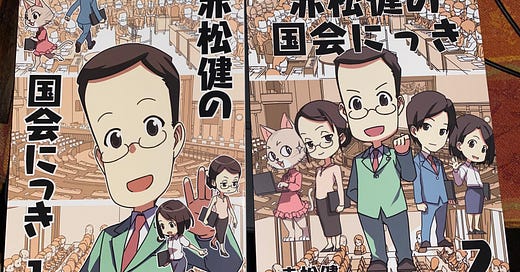



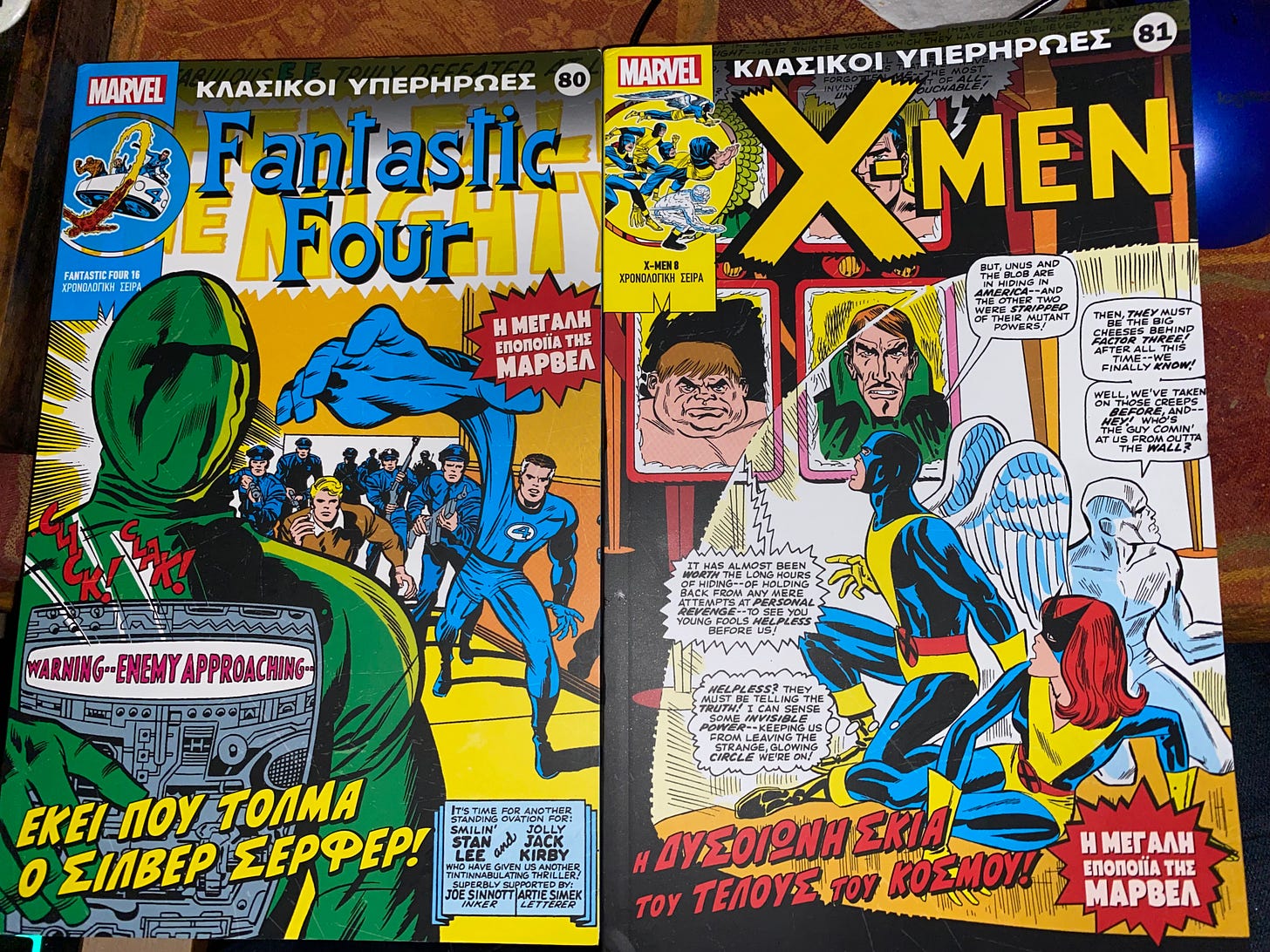
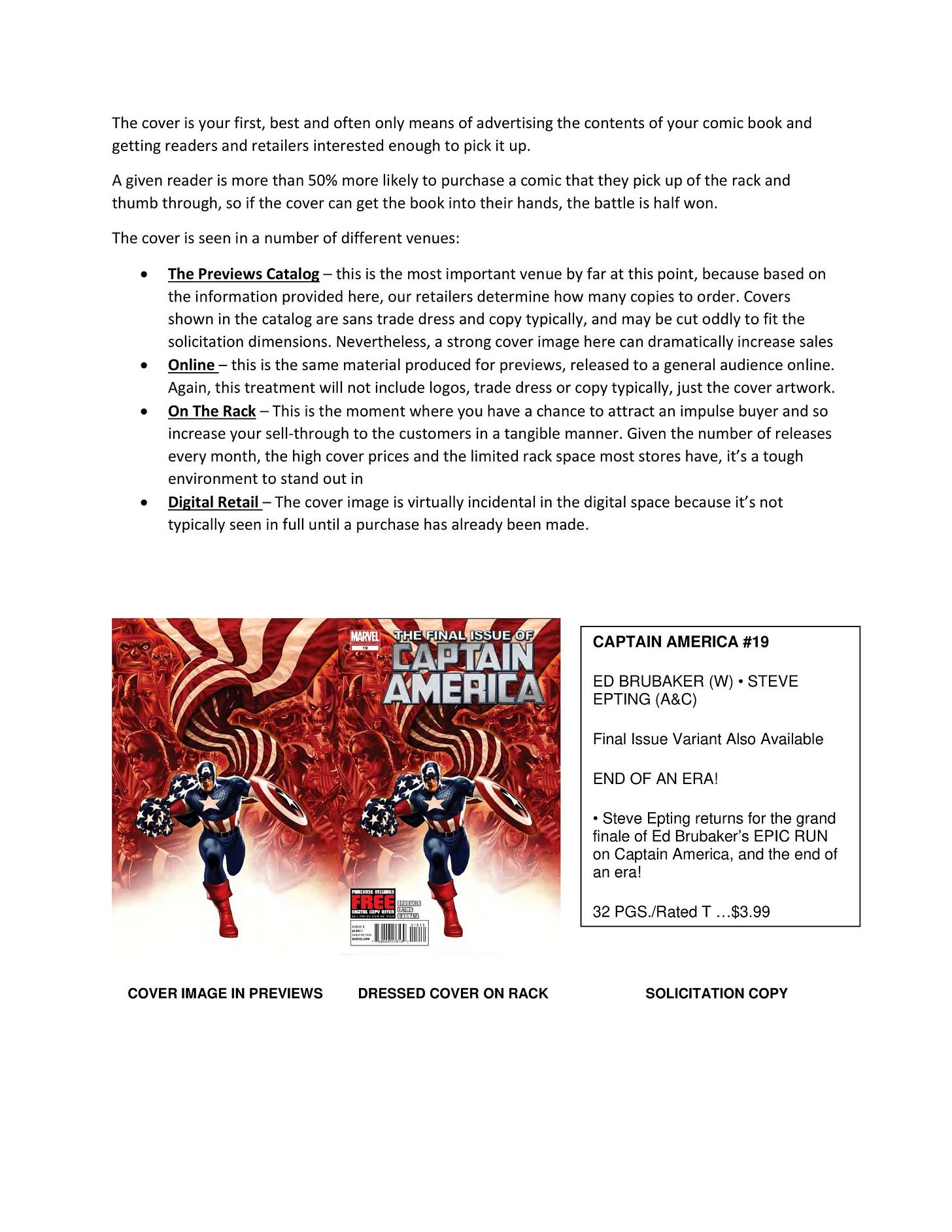
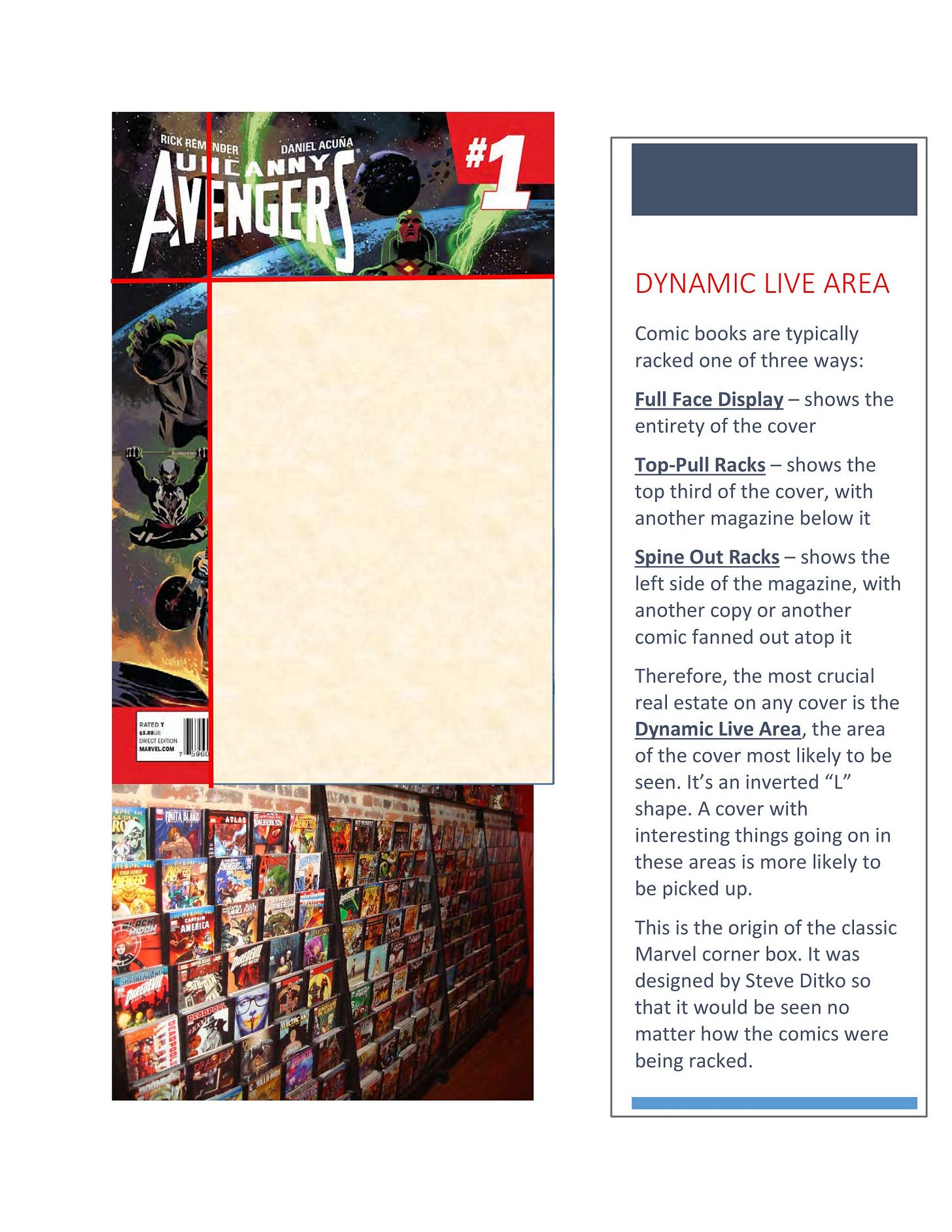
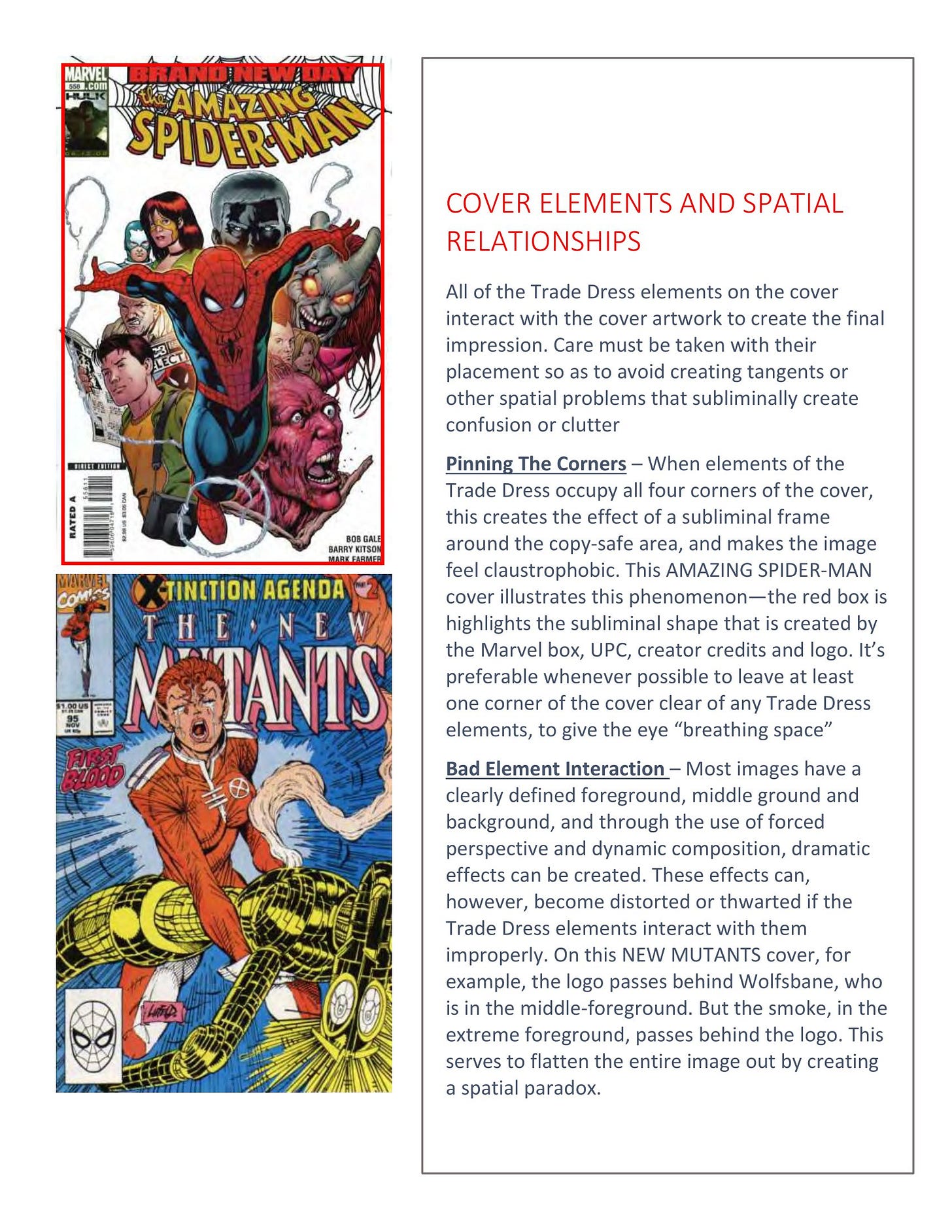
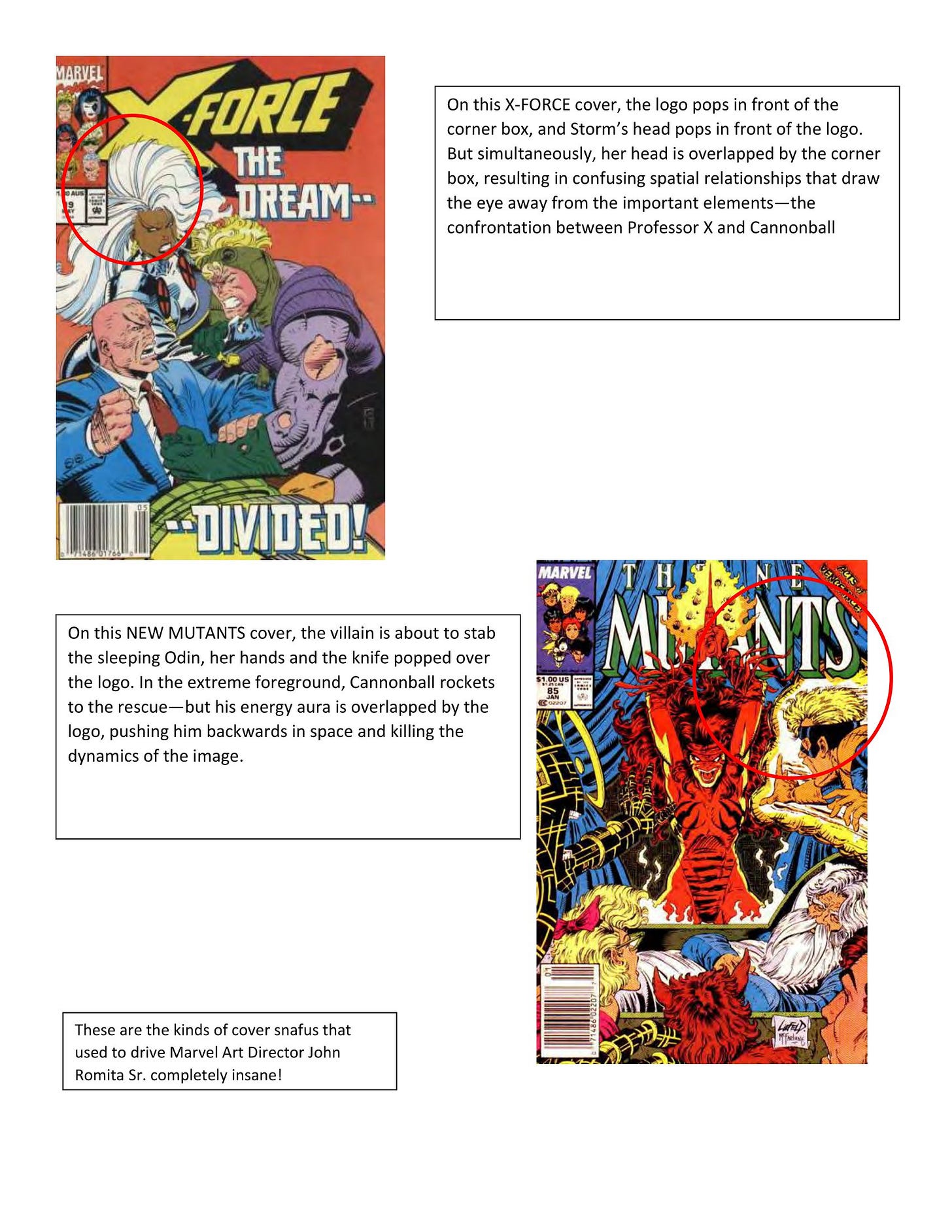
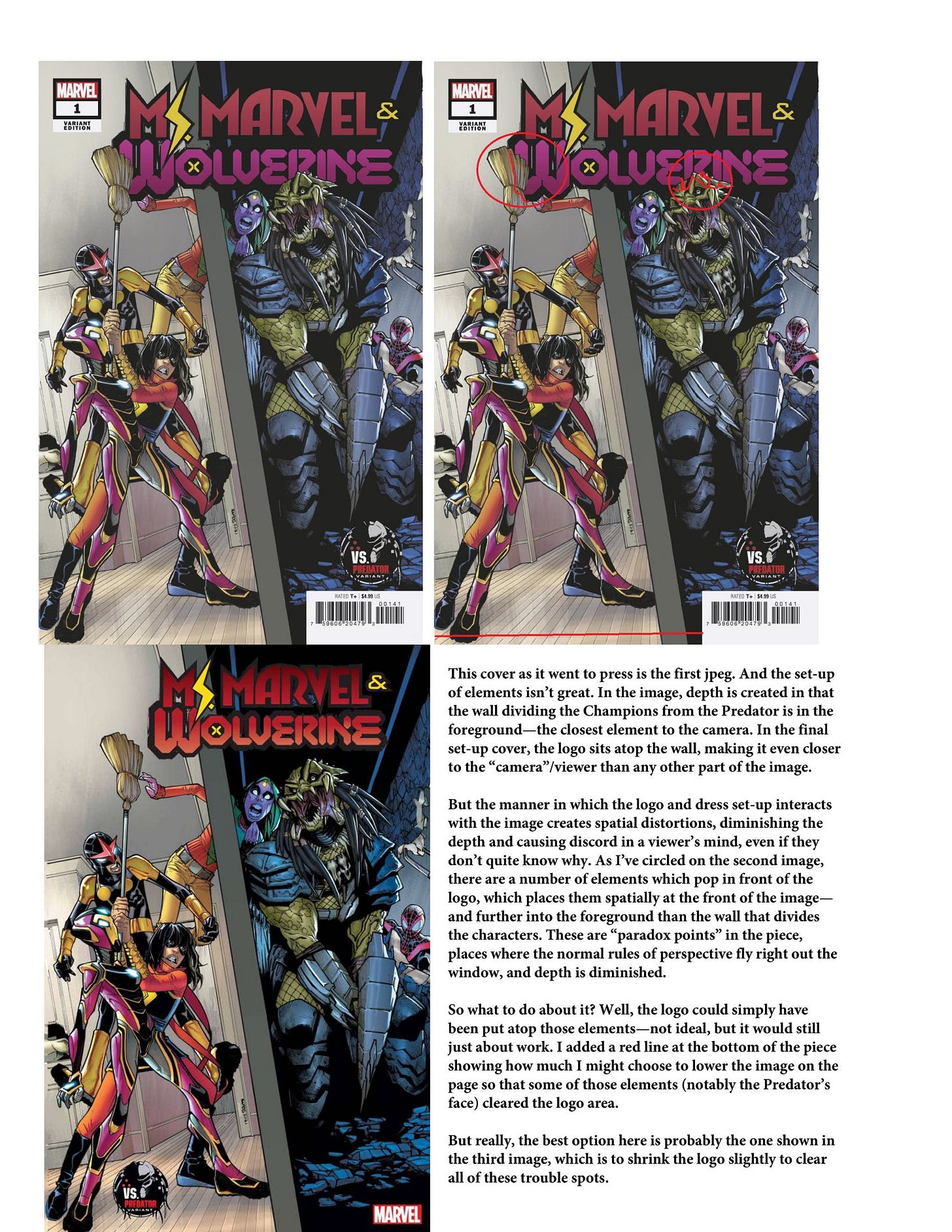
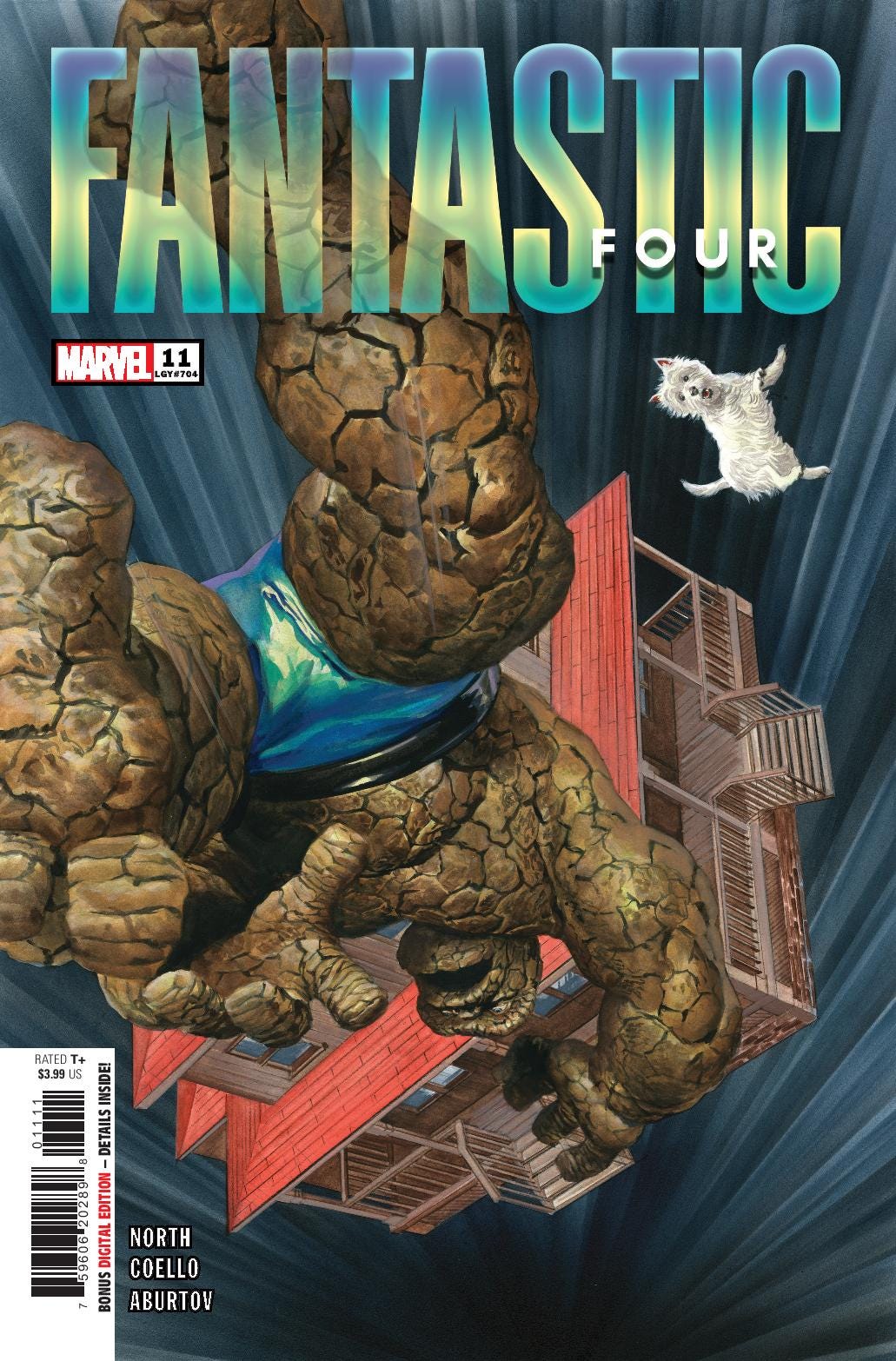
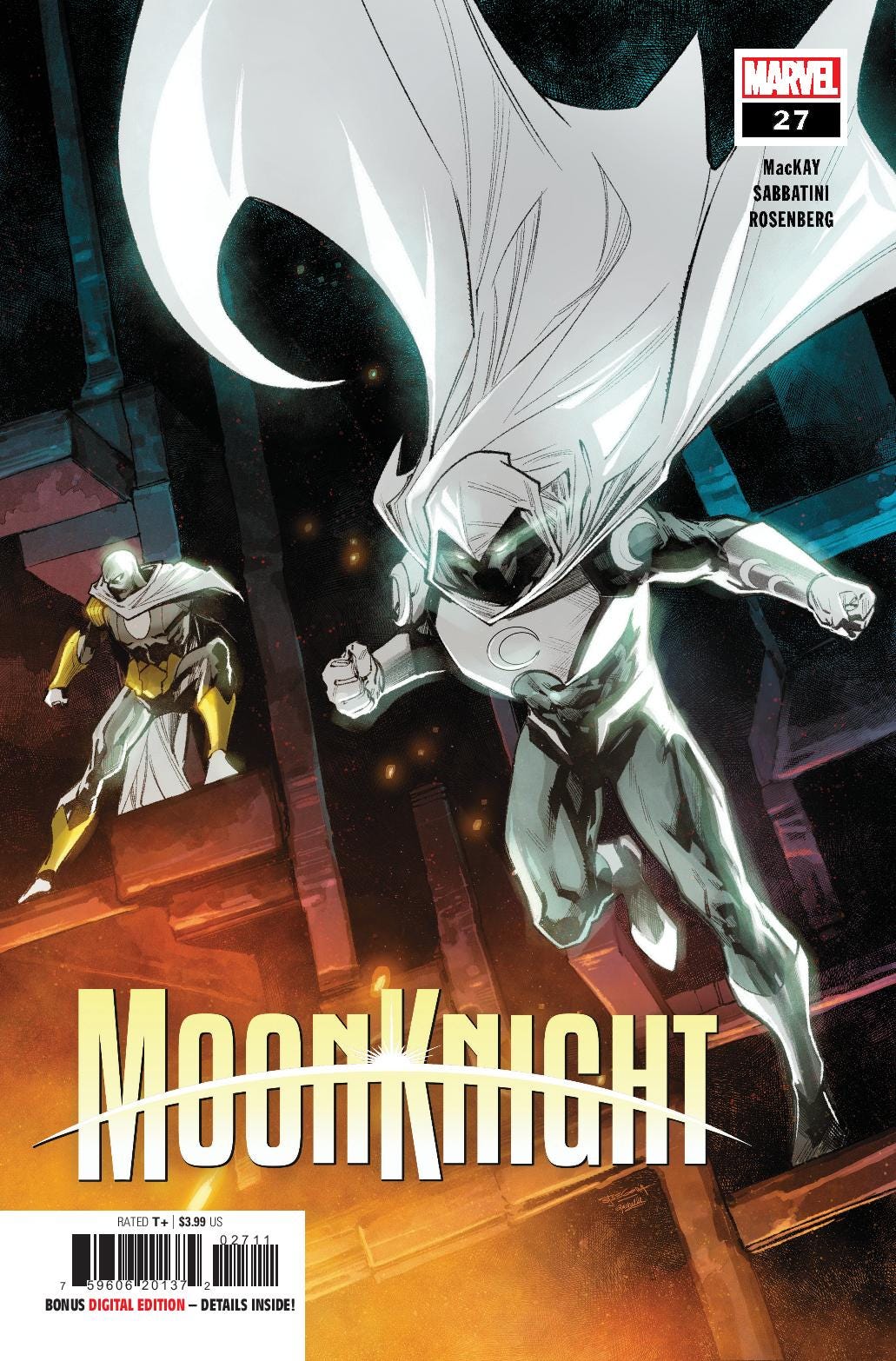

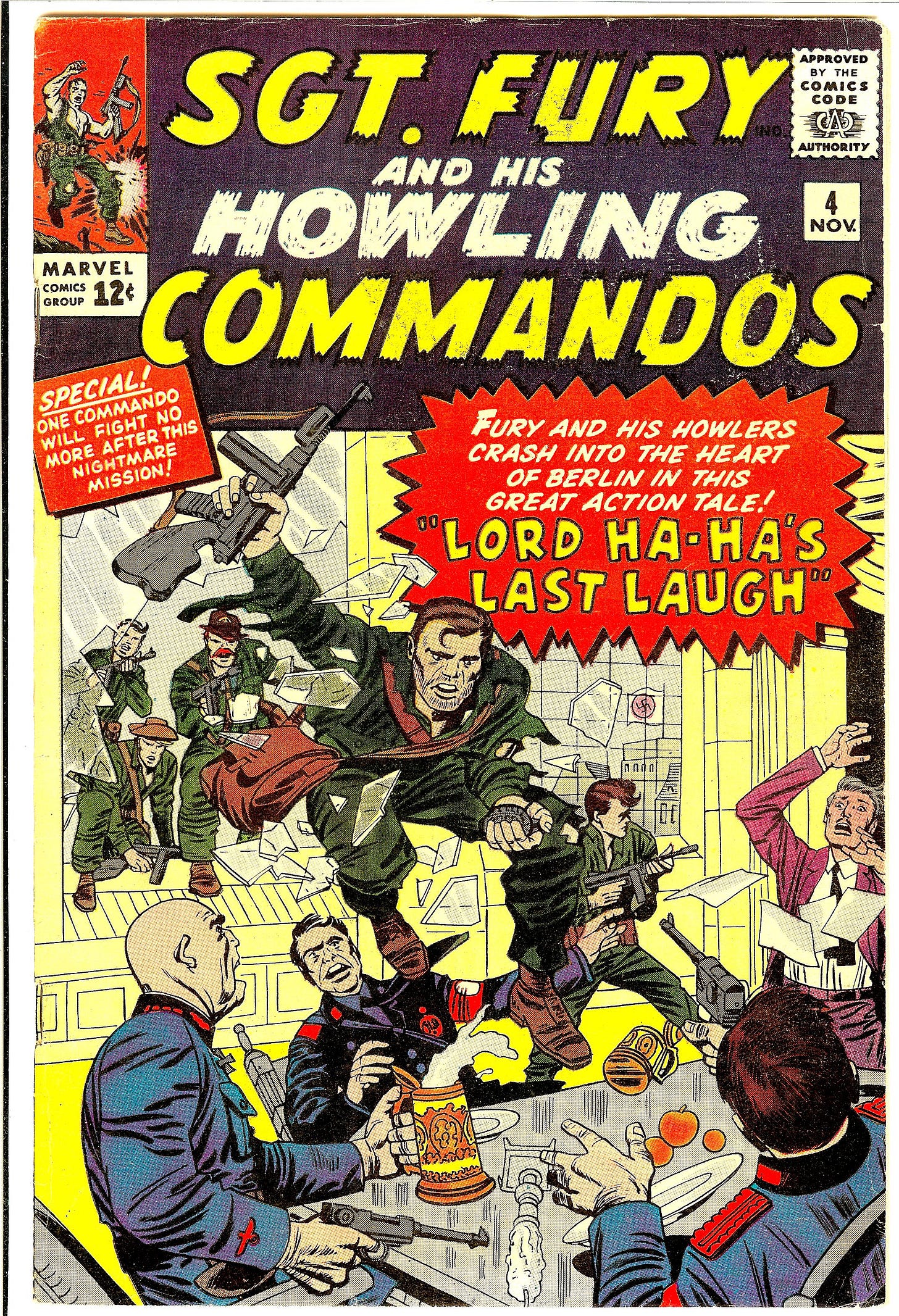

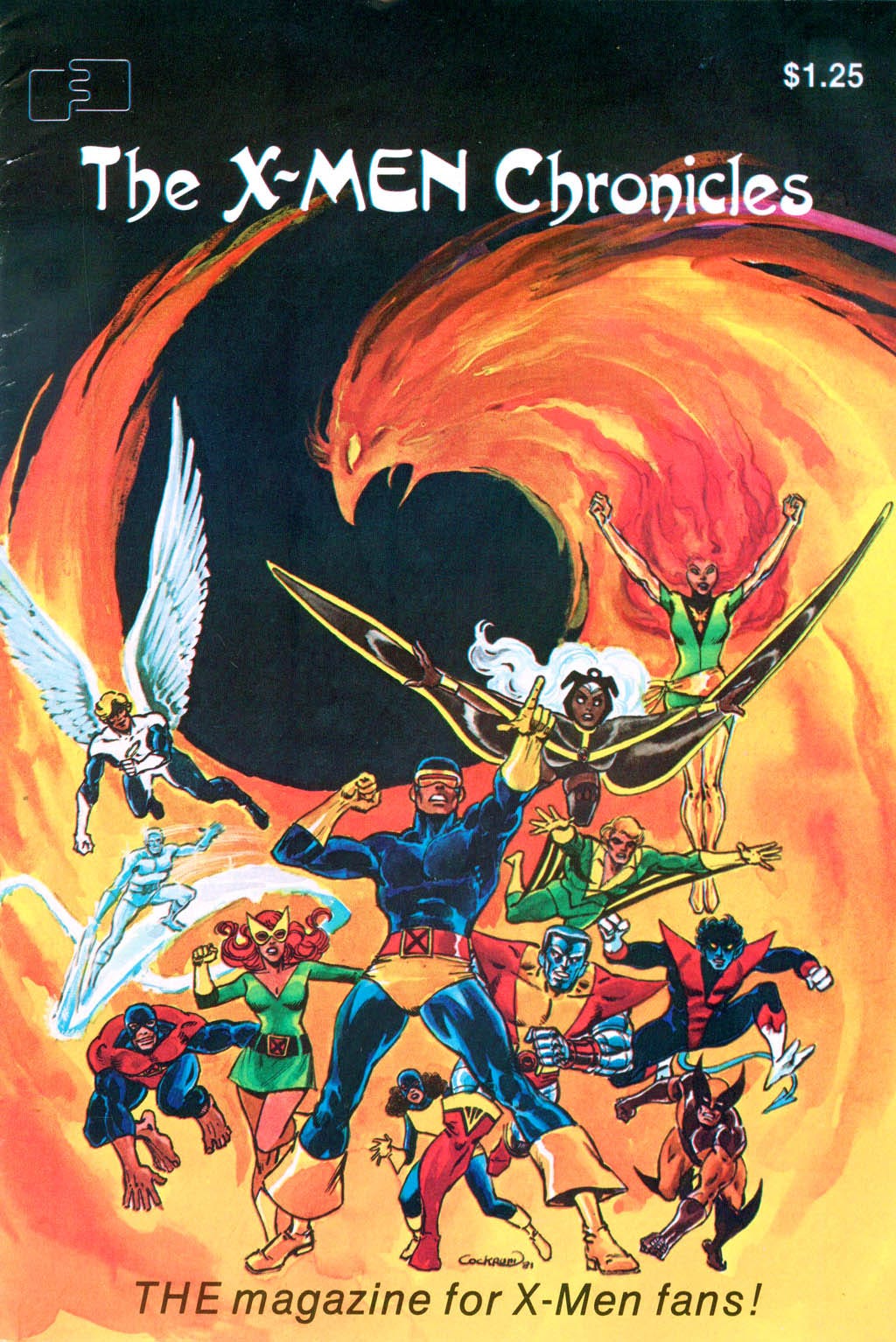
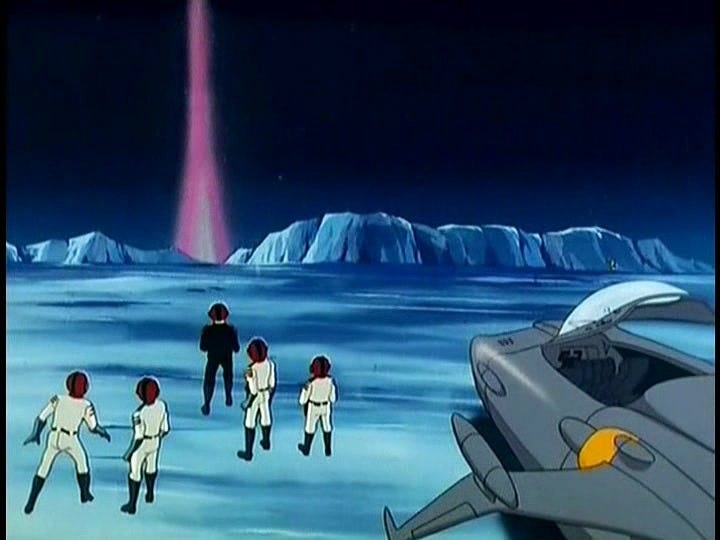
"How long did Chip Zdarsky write DAREDEVIL?"
Thanks for asking! With Specials and the event, it was 61 issues! One issue longer than (checks notes) Mark Waid's run! Have a great day!
-Chip
Thanks for ignoring my typos and incomplete sentences while answering my questions.
This newsletter is a highlight of my comic book week.